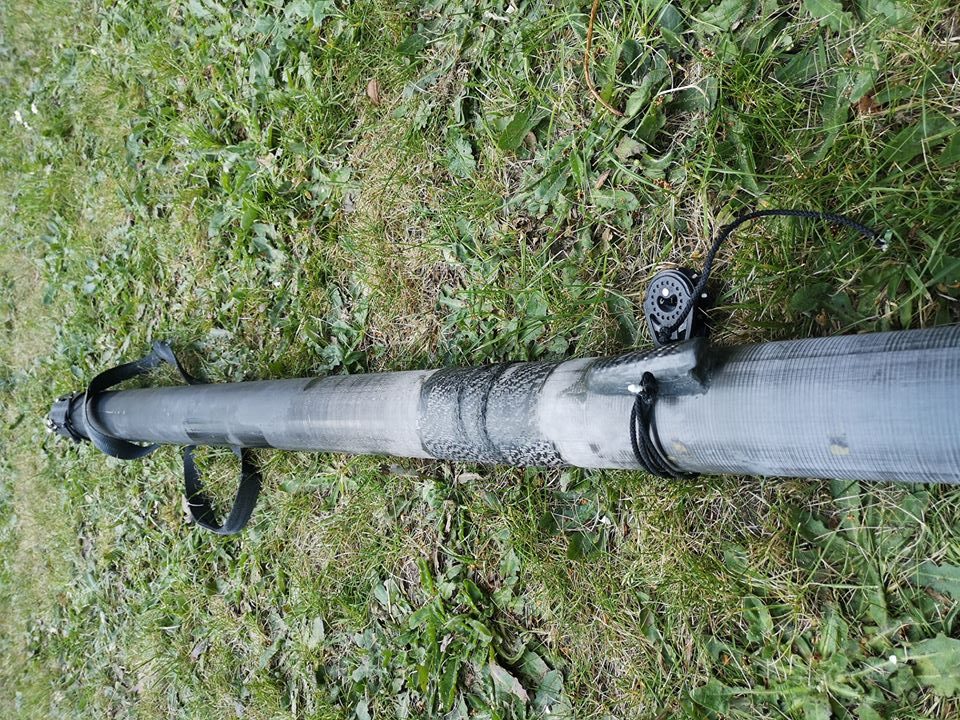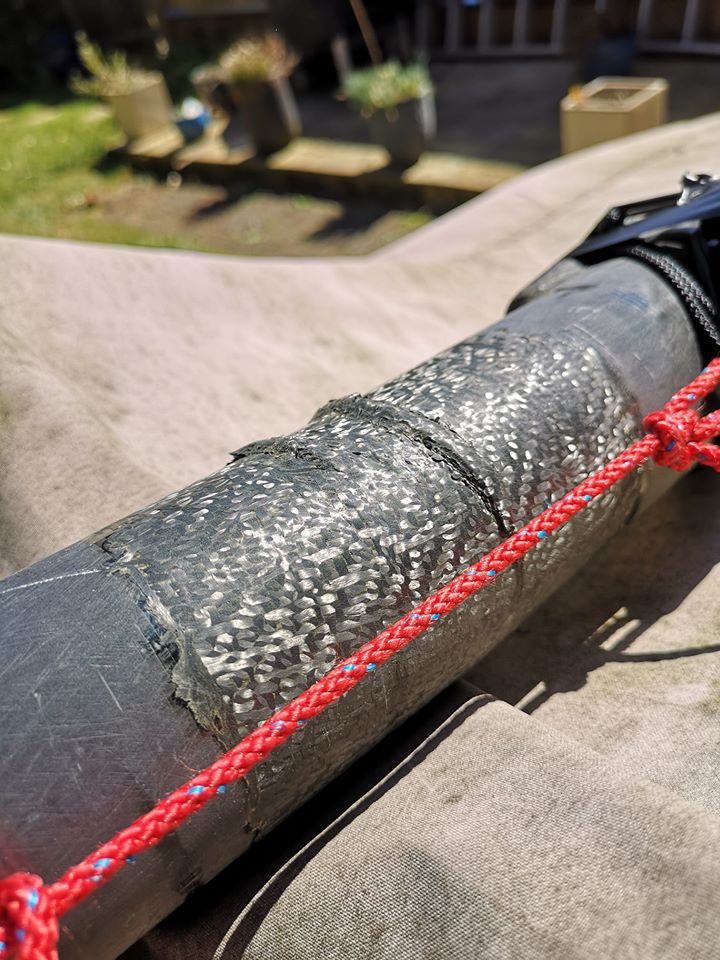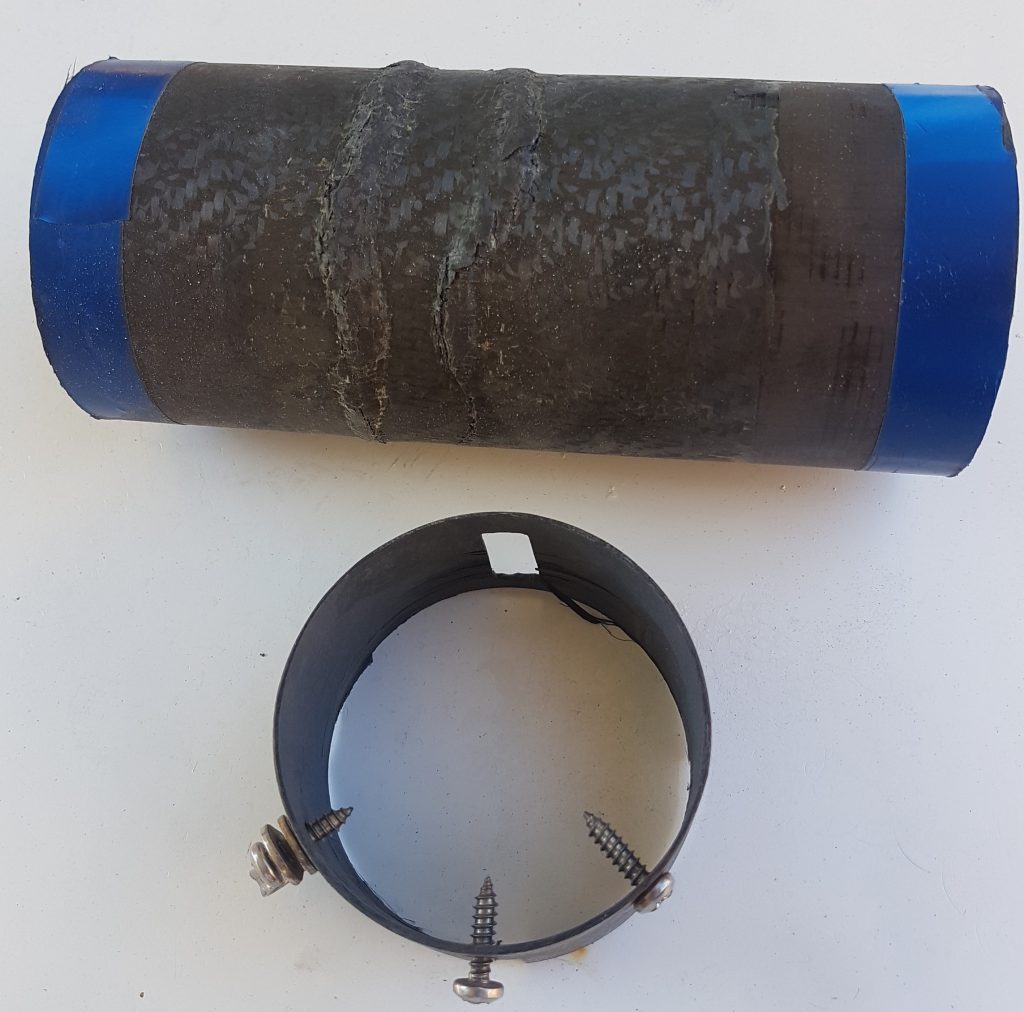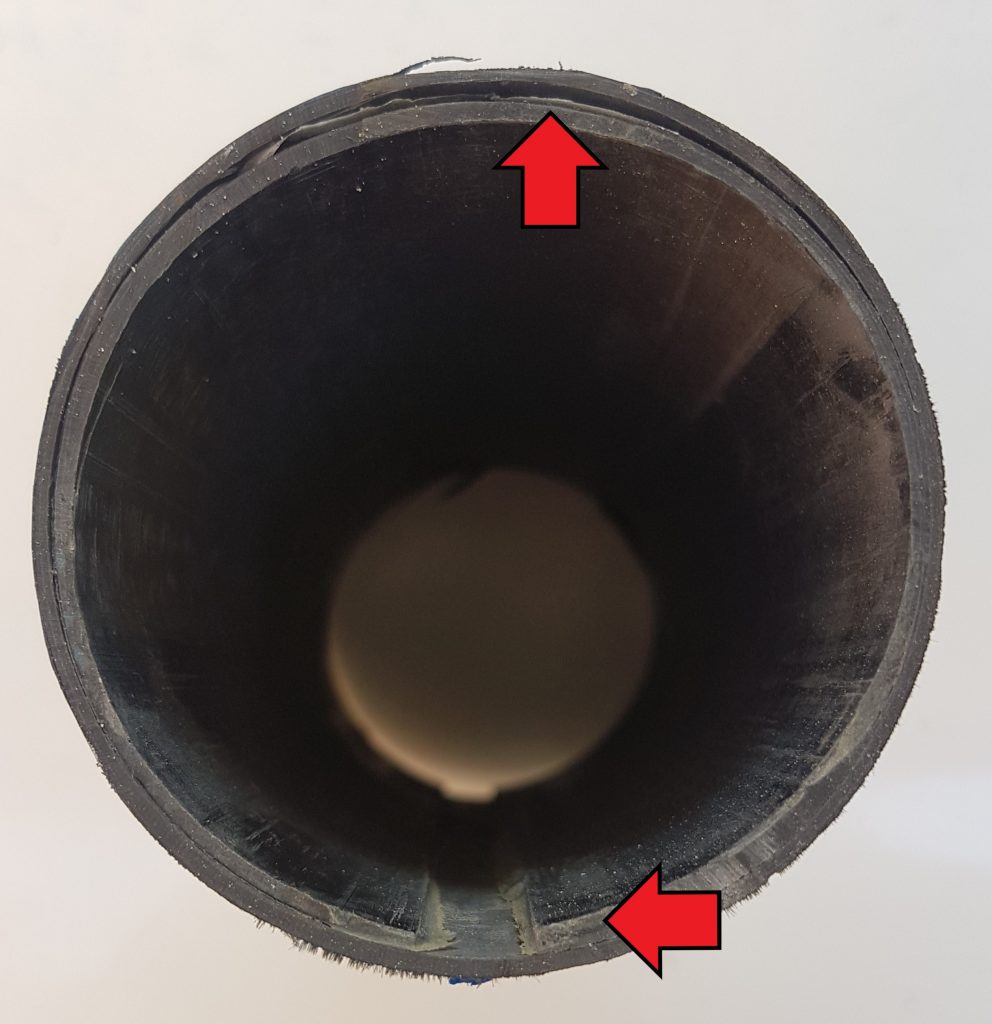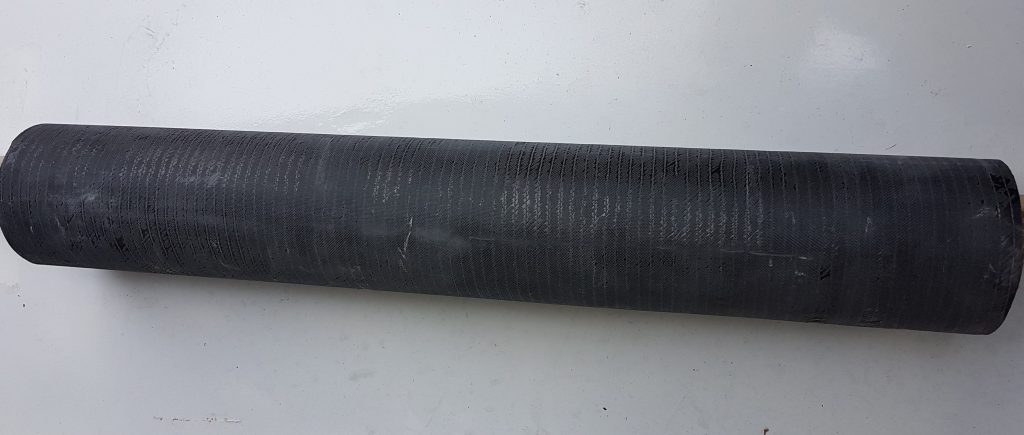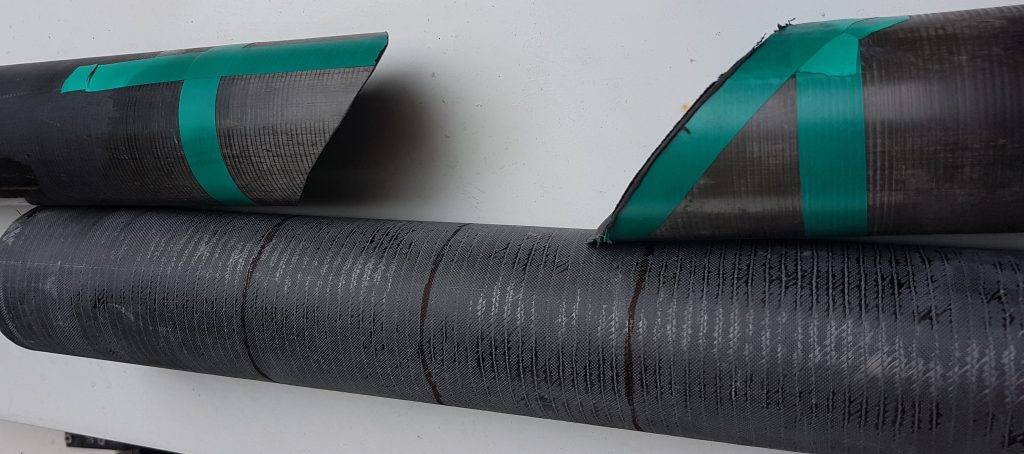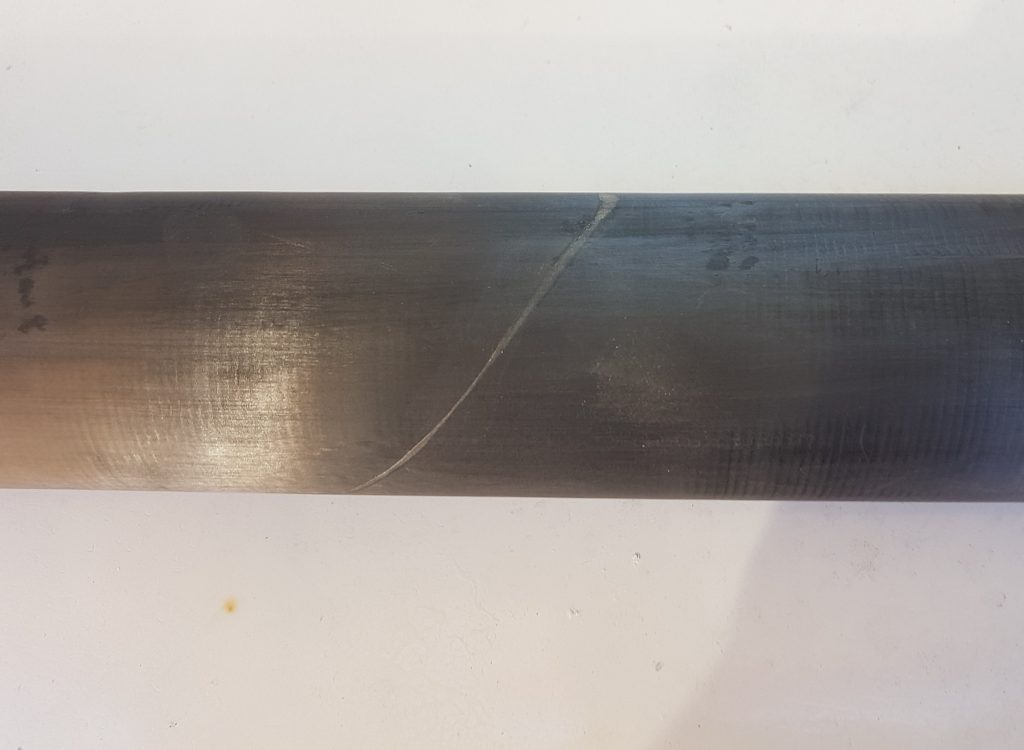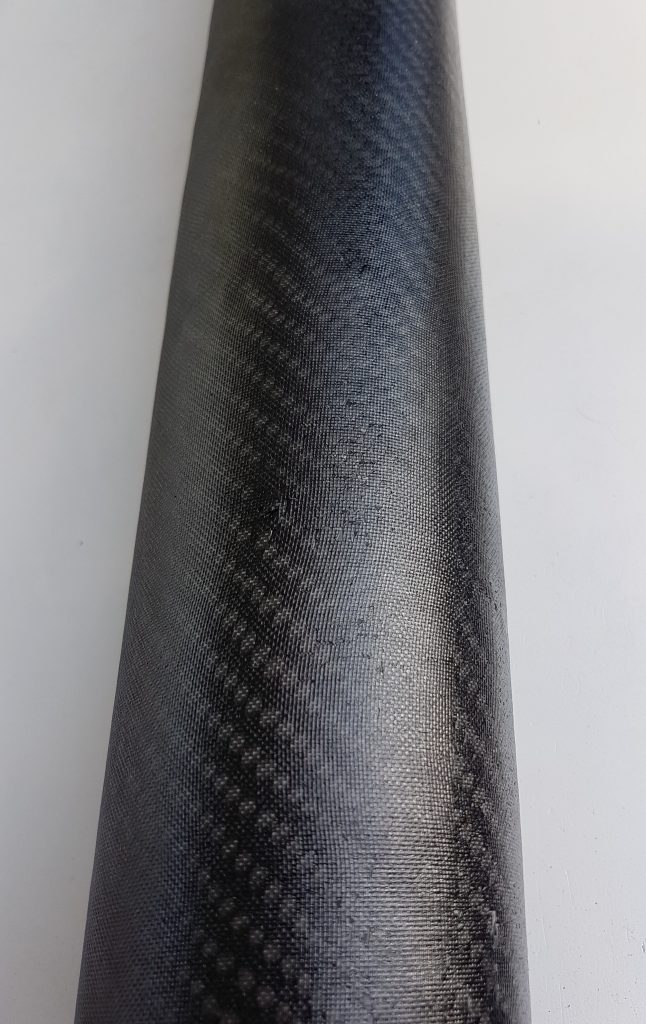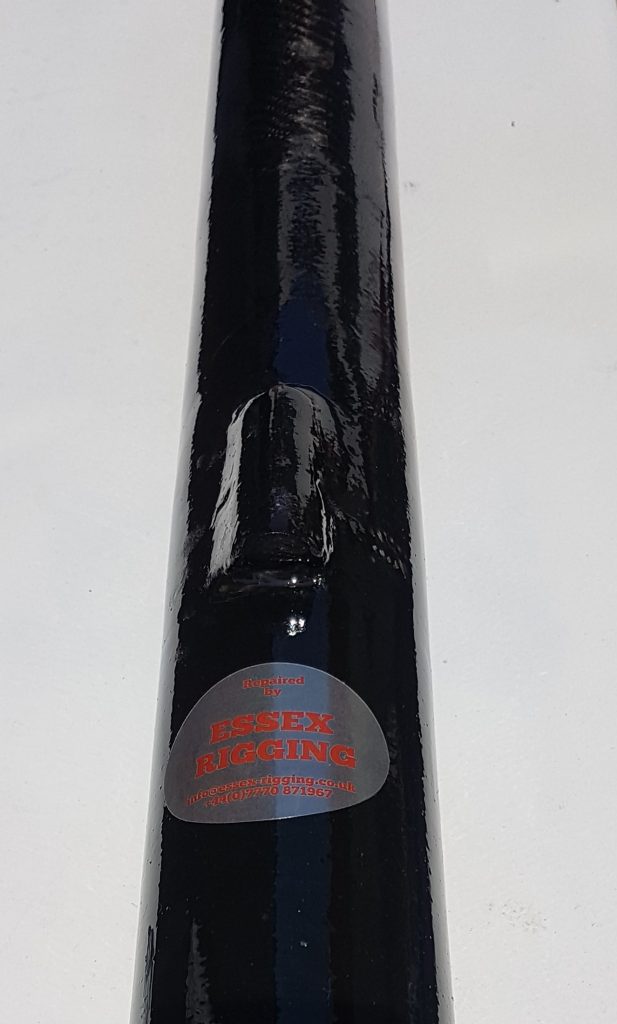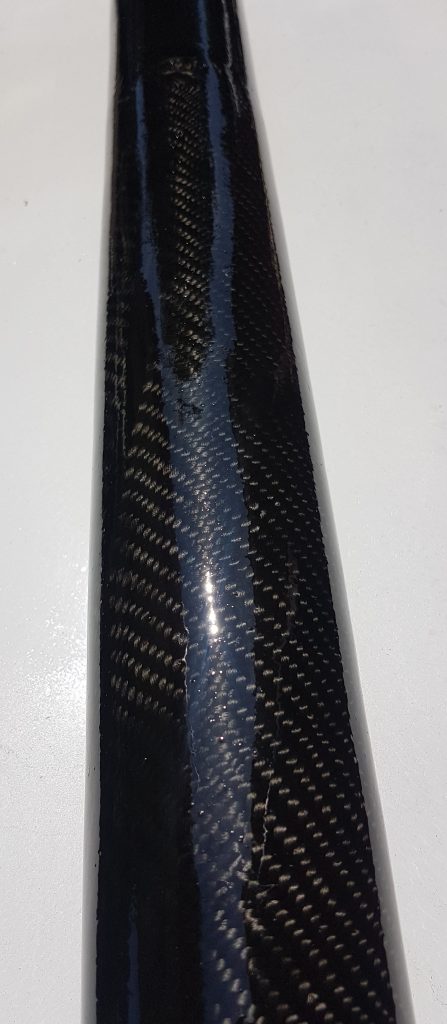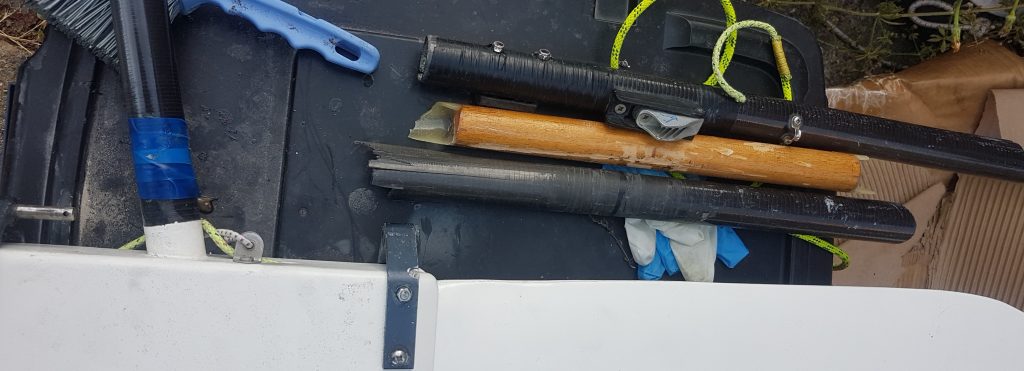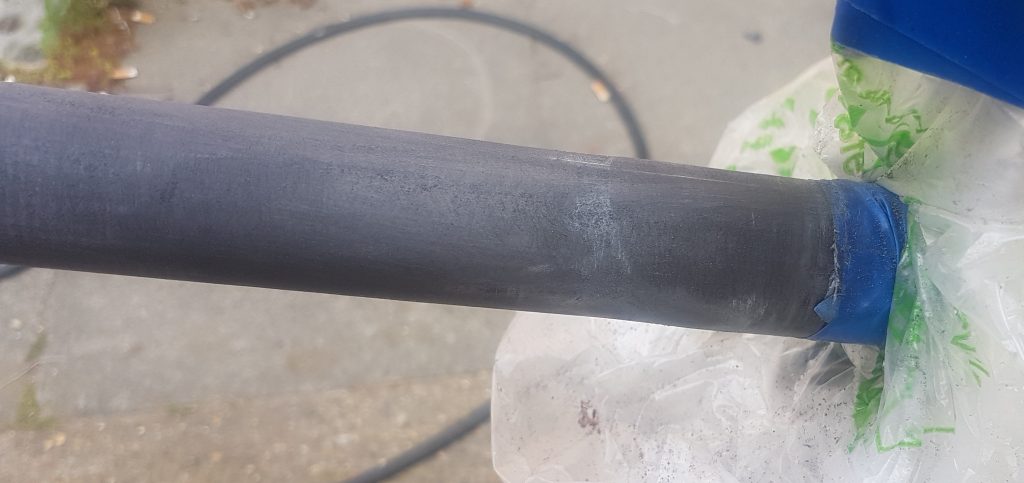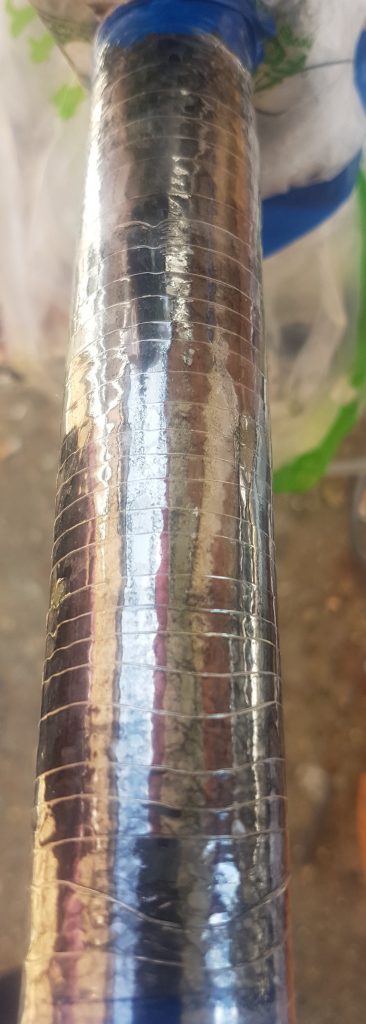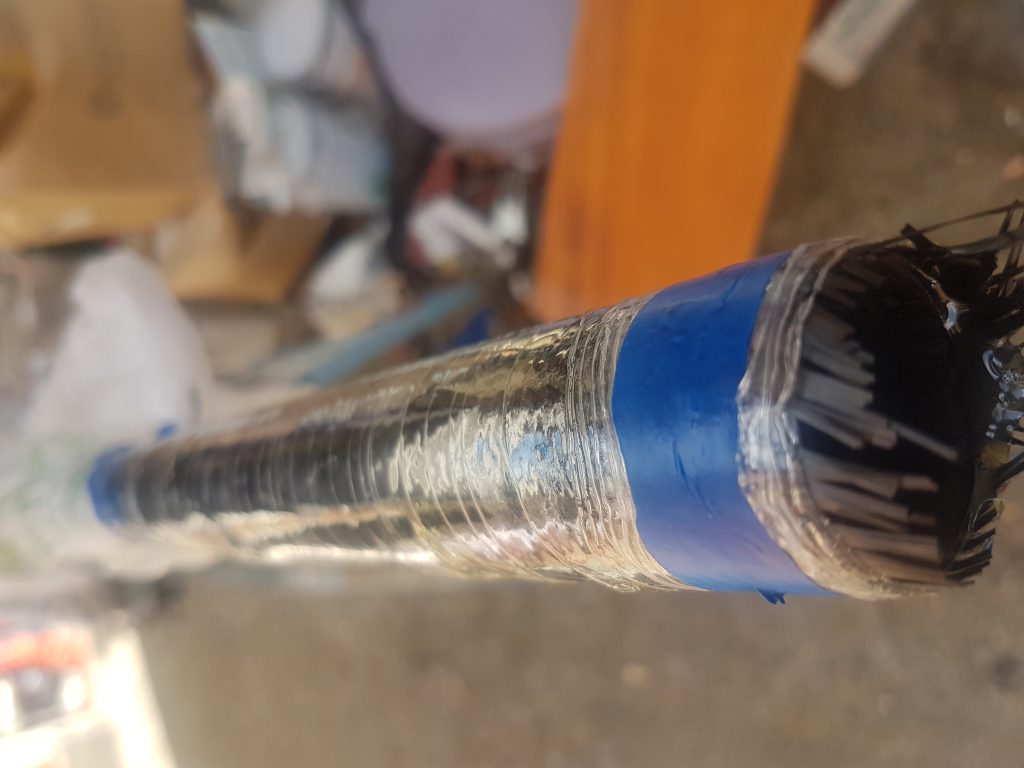we received a couple of Hurricane 5.9 SX rudder blades on a Tuesday evening, the end of one of them had ‘bent off’ as the new owner put it and also asked ‘could I have them back for the weekend?’,after only his second weekend sailing the boat he was obviously disappointed and understandably wanted to get back on the water as soon as possible. Always up for a challenge, we set about repairing them.
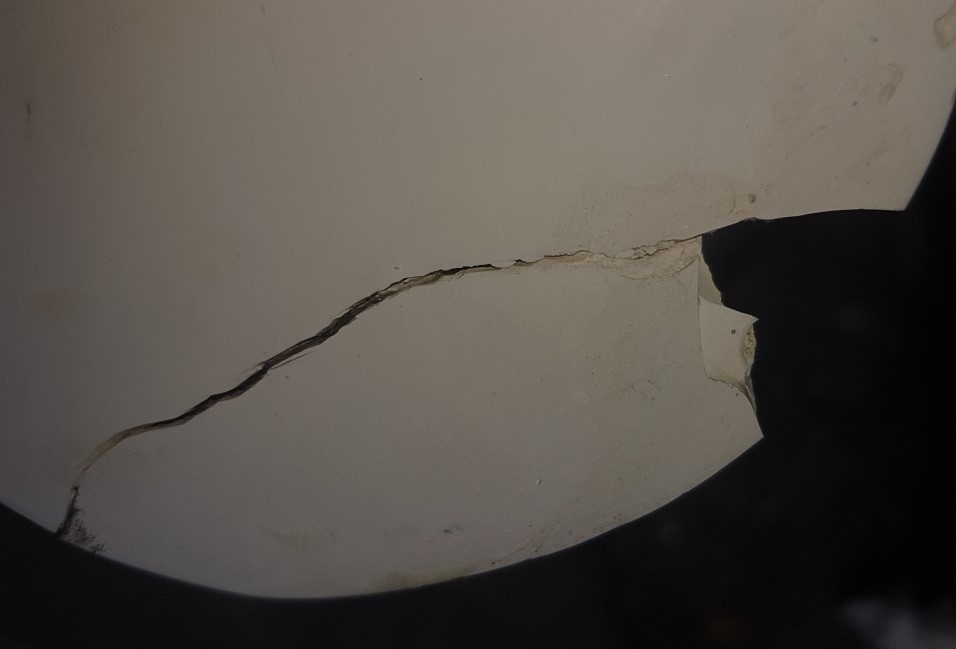
from initial inspection, we could tell that the previous owner must have thought Gelcoat was some sort of magical, all encompassing glue, filler, core and coating system, let us assure you it most certainly is not! Around 500-600 microns is optimal as a coating system but if you build it up much over 750 microns (.75mm) it becomes brittle and as for its bonding properties, pretty much not existent.
whether this was just a bodge to tart the boat up and sell it, or a serious attempt at a repair, we will never know, however, the old adage, buyer beware definitely applied in this case.
first we took a template of the original shape which compared fortunately favourably to the other rudder we had on hand (a little less damaged, but clearly suffering from a similar repair strategy). We then removed the offending lump of gelcoat and ground back until we had a nice chamfer into good solid original substrate, through the gelcoat, bonding filler, glass and foam core and ensured the area we were repairing was completely dry.
Unfortunately some of the foam core had also been replaced with Gelcoat , so we created a lightweight filler mix to recreate the shape of the foam core to then form the new skins over.
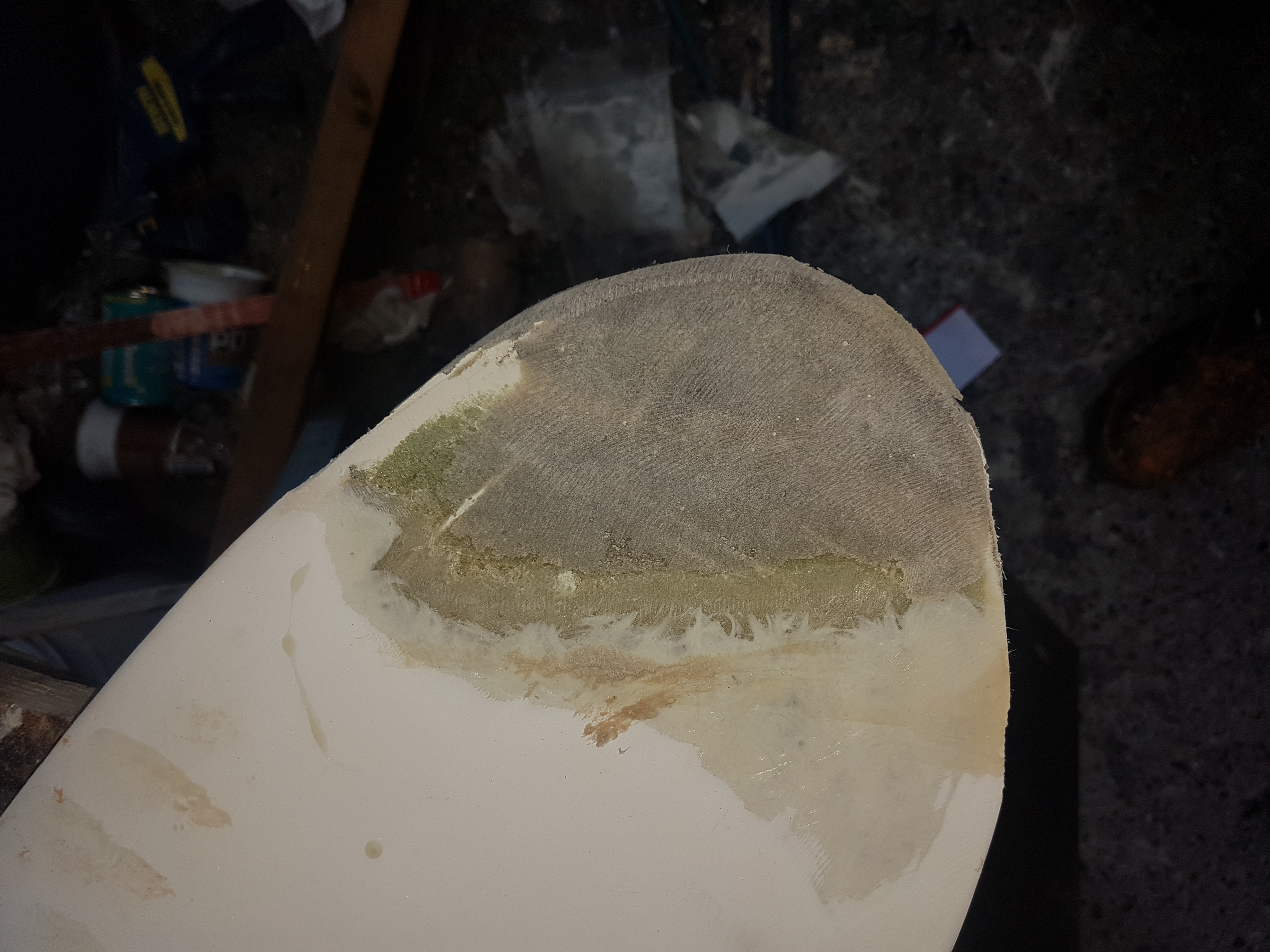
the filler was ground back on both sides to the original profile and shape and then glassed over with a selection of cloths in various orientations to provide the strongest laminate for the limited thickness we had to work with. We used vinylester resins for this project as the original rudder appeared to be polyester with CSM or woven rovings, so our substrate would be both sympathetic to the original materials, chemically compatible with polyester gelcoating and also stronger than the OEM layup as tips on catamaran rudders have potential to take a lot of beach related damage. It may not look like it, but there is a layup of 2kg/sqm of glass on either side of the tip at this stage of the repair.
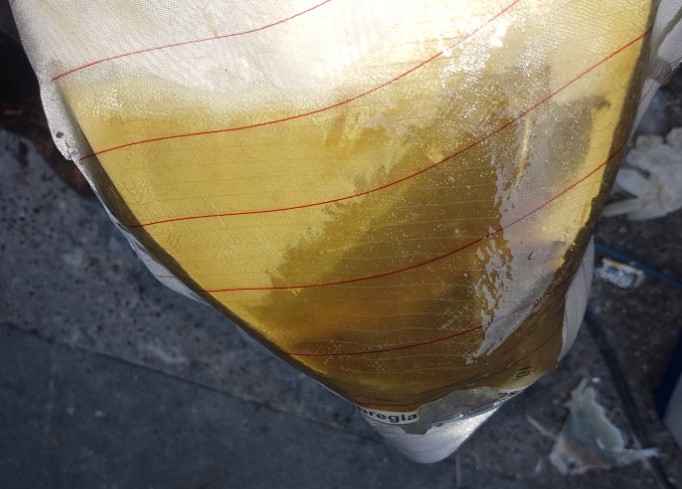
the glass was hand laminated and consolidated with a layer of peel ply, we decided vacuuming would be excessive and add more cost to the repair than it was worth considering the original layup schedule of the rudder blades.
The blade was ground back to shape on both sides allowing enough depth for the final gel coat application. (note that the grinding goes back into the original gelcoat to allow a feathered and blended edge between the new and original gelcoat)
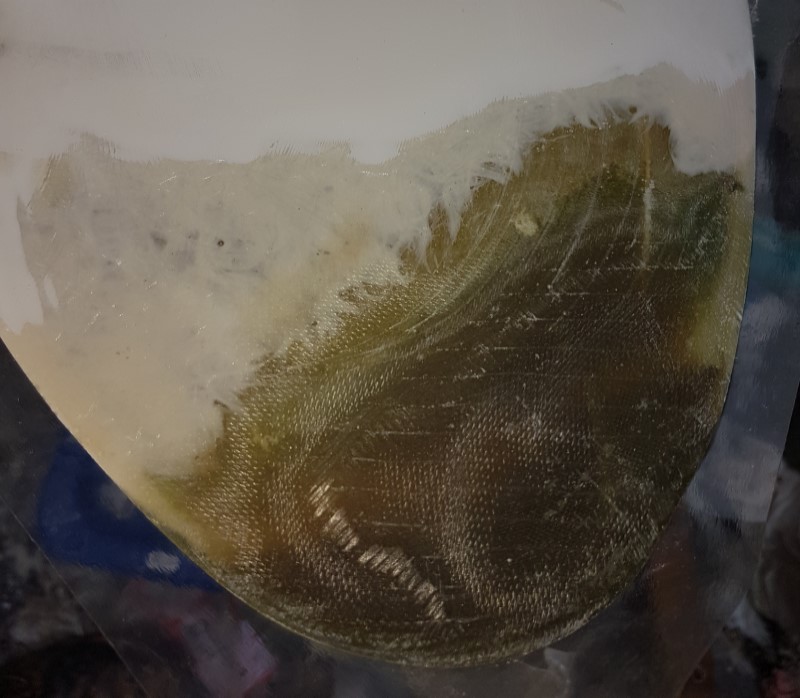
we then added a liberal layer of Gelcoat ready for sanding back and polishing
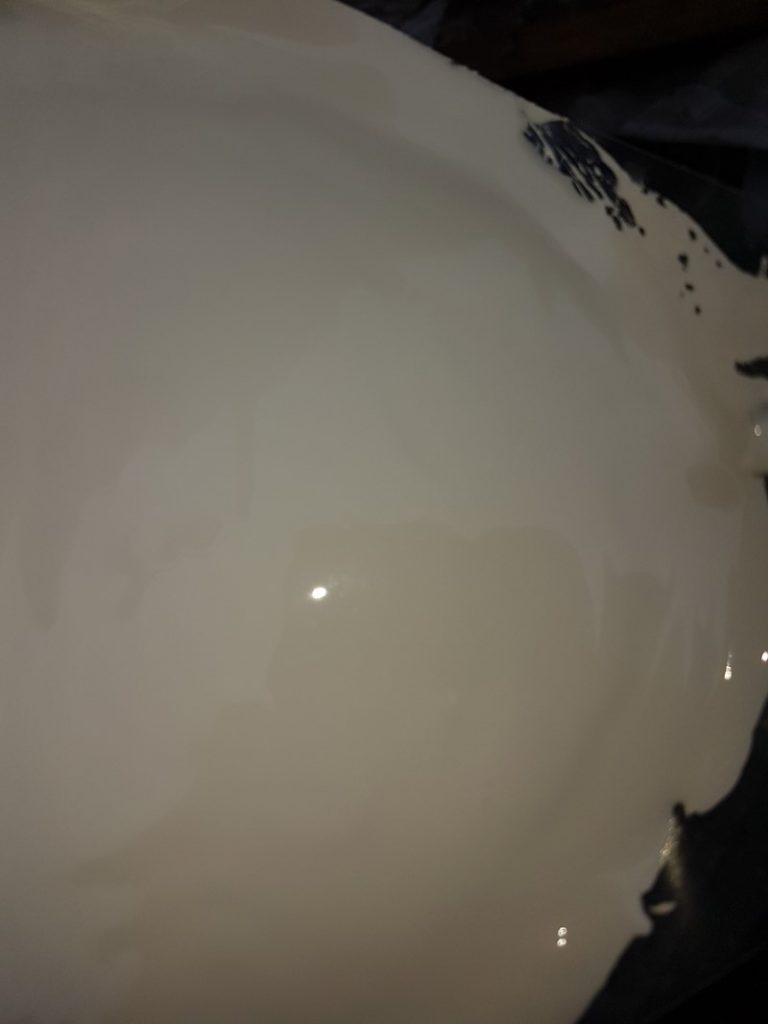
Tape was used to hold the Gelcoat in place around the edges to avoid dripping as it set so that the repair would be fully encapsulated once completed.
then sanded back to profile and polished
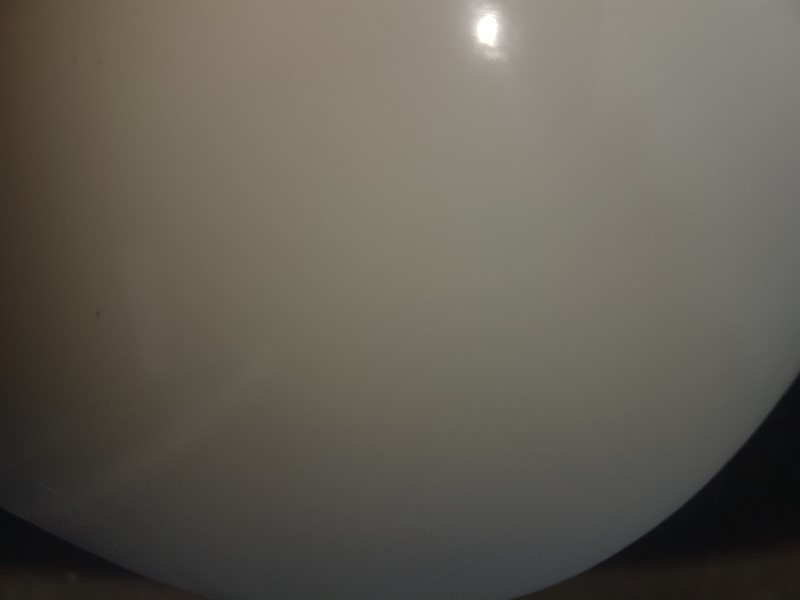
Good as new (probably better actually, even if we say so ourselves) and ready for the weekend.
The overall cost of repair came to just under £250 for the pair complete and they were back out the door by Friday lunchtime in time for weekend racing. Considerably more economical than a pair of replacement blades at around £400 each and that’s assuming they were in stock at the suppliers and ready for immediate dispatch.
Here at Essex Rigging we are fortunate to have the facilities, tools, materials, expertise and many years of experience to effect repairs to hulls, foils, spars or any other laminated parts. We specialise in anything laminated from polyester and glass to complex carbon / kevlar epoxy construction, please call to discuss your requirements.
Note that repairs are carried out on a time and materials basis. Please do not ask, as we cannot quote an exact completed price, however we should be able to give a ball park figure and generally repairs come out well under half the price of a replacement part, take a look at some of our other repairs and their costs to get a rough idea although obviously all repairs are different.

